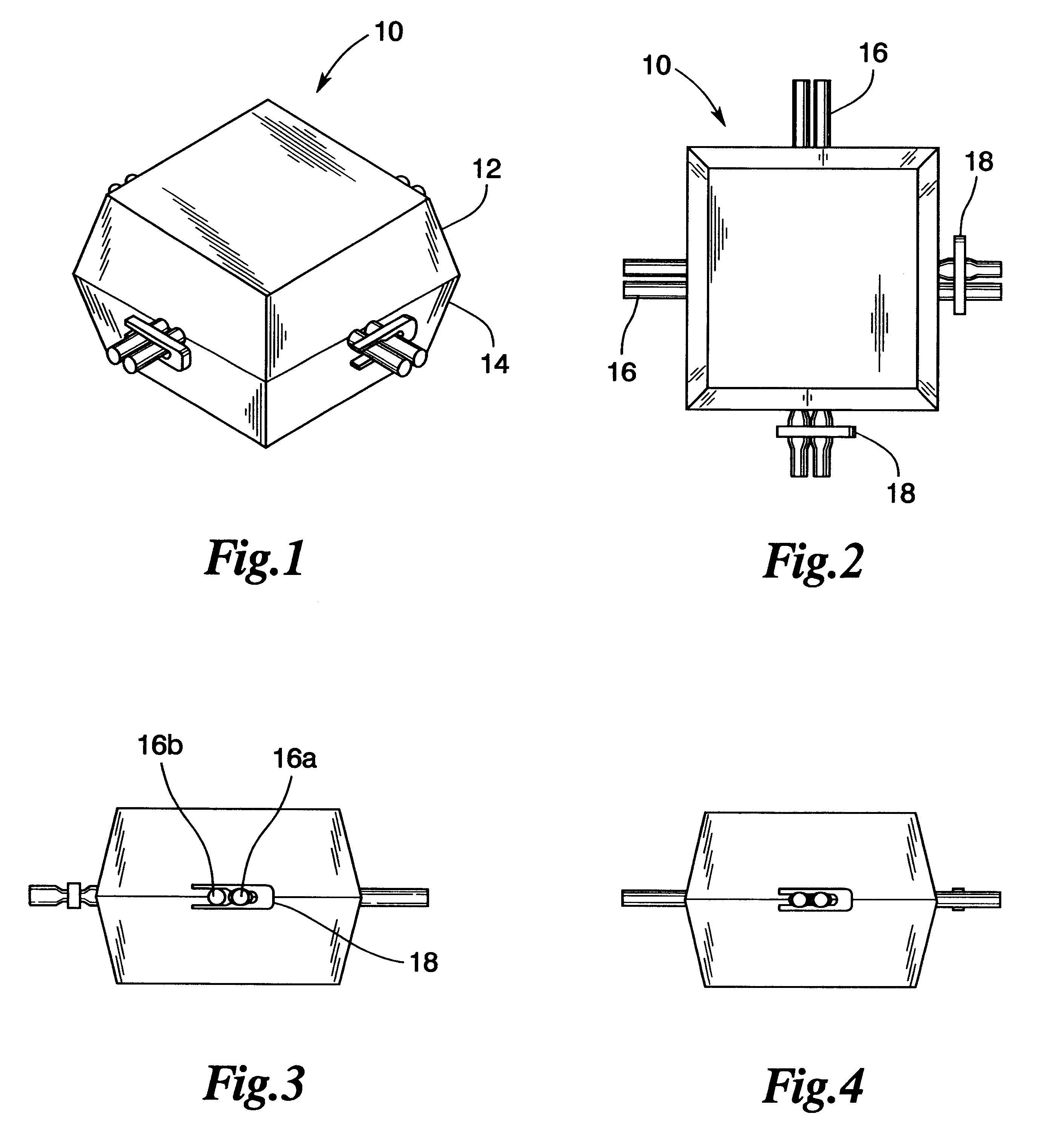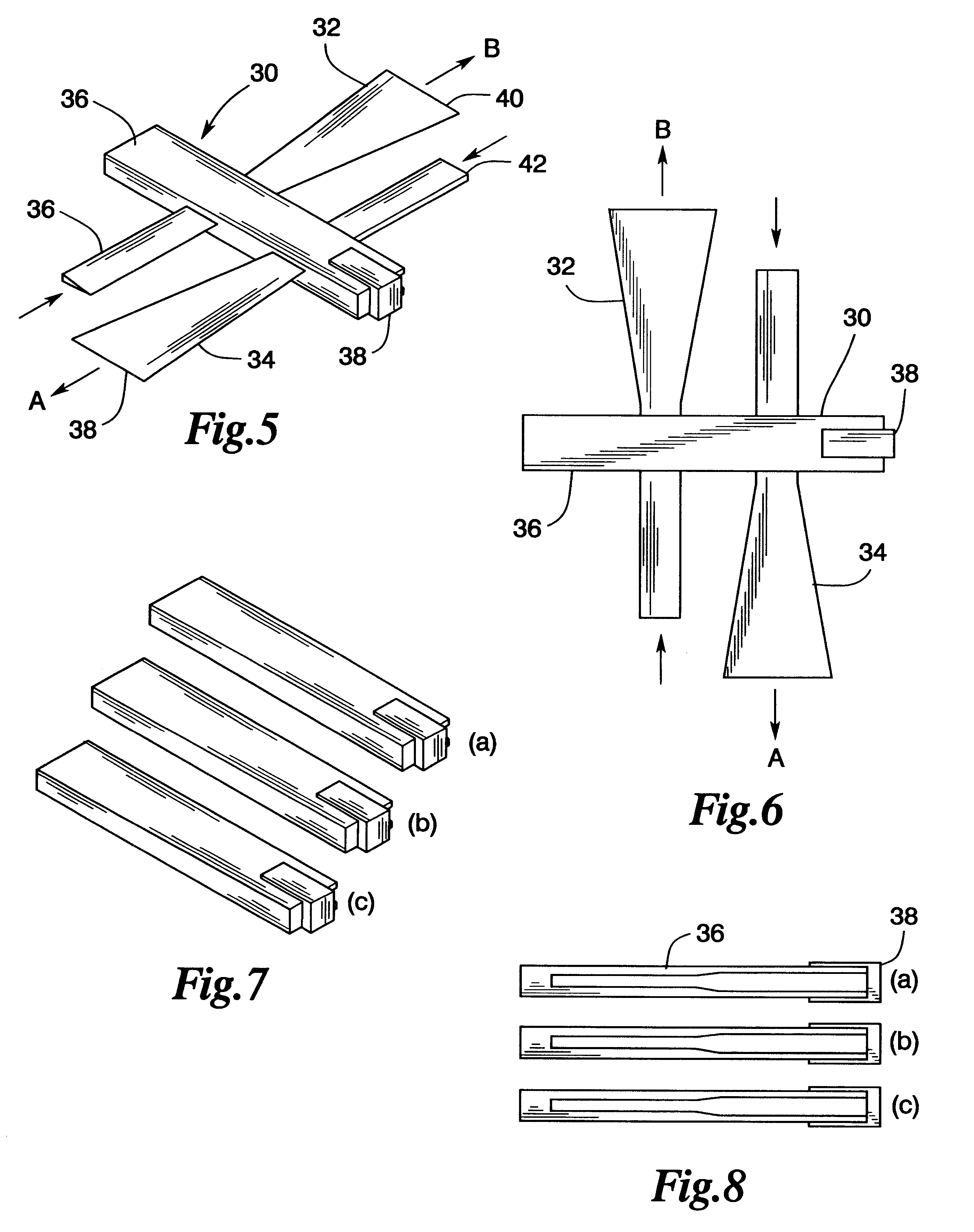Self adjusting, contouring cushioning system
a cushioning system and self-adjusting technology, applied in the field of cushioning, can solve the problems of difficult cure, difficult to adjust, and significant health care problems of pressure ulcers/sores, and achieve the effect of relative stiffness and seating stability
- Summary
- Abstract
- Description
- Claims
- Application Information
AI Technical Summary
Benefits of technology
Problems solved by technology
Method used
Image
Examples
Embodiment Construction
The ideal cushion would support a person, while at the same time retain the buttocks in an uncompressed state, as close as possible to that of being suspended in air or floating in water. While such an ideal cushion is not likely possible, it is possible, according to the present invention, to model a customized cushion in a way to maximize contact area, optimize pressure distribution, and other parameters so as to closely approximate an ideal situation. Because each patient has unique cushioning requirements, dictated by such variables as weight, sex, posture, build, injury, etc., the ideal cushions for any given patient should be uniquely designed for that patient. Because the present invention permits cell-by-cell customization, in terms of pressure and / or flow rate of fluid from one cell to the next, it offers the ability to tailor the cushion to each patient's unique needs.
The cushion may be customized with the assistance of a software system based on data for each patient, suc...
PUM
 Login to View More
Login to View More Abstract
Description
Claims
Application Information
 Login to View More
Login to View More - R&D
- Intellectual Property
- Life Sciences
- Materials
- Tech Scout
- Unparalleled Data Quality
- Higher Quality Content
- 60% Fewer Hallucinations
Browse by: Latest US Patents, China's latest patents, Technical Efficacy Thesaurus, Application Domain, Technology Topic, Popular Technical Reports.
© 2025 PatSnap. All rights reserved.Legal|Privacy policy|Modern Slavery Act Transparency Statement|Sitemap|About US| Contact US: help@patsnap.com



